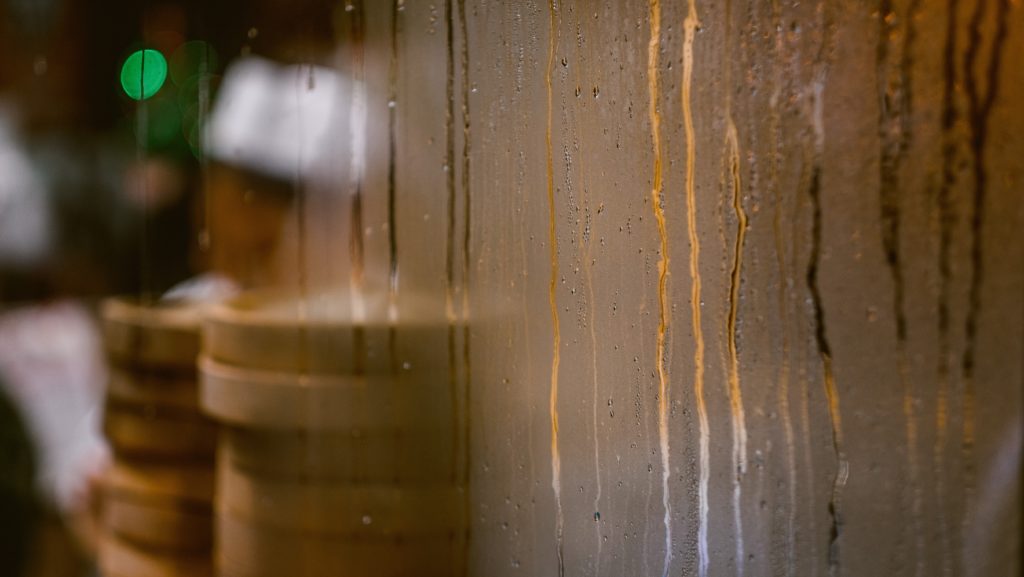PTAC heating and cooling units are an affordable and convenient solution for hotels. If installed correctly, a PTAC can help to provide guests with a pleasant experience for years. However, neglecting your property’s PTAC heating and cooling units can result in problems with humidity, mold, and temperature extremes.
Humidity and mold are more than just unsightly. Damp and moldy conditions make guests incredibly uncomfortable, and they may be motivated to not return.
These conditions can pose health risks as well. You wouldn’t buy a house with mold problems, and you certainly wouldn’t want to sleep in a room with a mold problem either.
Fortunately, you can take several steps to ensure that your PTAC heating and cooling units don’t cause maintenance headaches and refund requests.
1. Make regular inspections.
Don’t skimp on inspecting your property’s PTAC heating and cooling units regularly. Regular maintenance prevents customer service nightmares before they happen. By sticking to a defined inspection schedule, you are less likely to lose track of time or wait until problems have compounded.
2. Use your senses.
Hotel staff may not notice changes like subtle shifts in air pressure or a moldy odor that grows over time. Guests, however, will notice those sensory details right away. Staying in touch with your senses will help you and your staff pick up on cues and recognize irregularities before mold and mildew can seriously affect your guests’ experience.
Consider checking rooms after you’ve been out of the hotel for the day to make sure you haven’t acclimated to odors and visible issues.
3. Invest in a hygrometer.
ServPro of Lakeland recommends testing indoor air quality with a hygrometer. A hygrometer will display the relative humidity of an area by measuring the water vapor in the air.
If your property is located in a geographic area with a humid climate, a hygrometer can help you notice when the humidity is truly out of the ordinary. Significant changes in your hotel’s humidity put more stress on your PTAC heating and cooling units, and they may require extra attention in order to function at maximum efficiency.
4. Keep an eye on windows and vents.
It’s usually best to catch mold before it becomes clearly visible. Look closely around windows and vents for color and texture differences. Those are the places where moisture is most likely to work its way inside. Meanwhile, windows and vents should be properly sealed and inspected on a schedule as well.
5. Waterproof at any wall penetrations.
“Wall systems would work great, if it weren’t for all the holes we put in them.” This observation from the Buildings.com “Packaged Terminal Air Conditioner Guide” is especially true when waterproofing is involved. Units that fit inside of the wall may have a certain appeal, but you must take extra care to ensure that moisture from the unit doesn’t seep into the wall around it.
Installation should, of course, be left to professionals. Make sure your contractor includes safe waterproofing practices as part of the installation. The use of proven water-resistant barriers like unperforated asphalt felt or rubberized asphalt membranes, as well as sloping surfaces, will help water drain away from the unit properly. Another good rule of thumb is to avoid units without wall membranes altogether.
Oversized or dysfunctional PTAC heating and cooling units can certainly cause mold and moisture problems, but if you take the proper precautions, your PTACs should provide pleasant heating and cooling while keeping humidity at acceptable levels.
